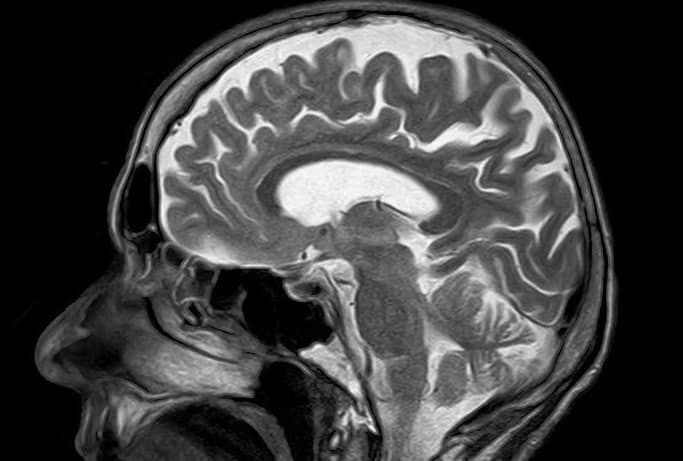Researchers in the relatively new field of neuroimaging genomics explain how this field of study helps our understanding of neuropsychiatric disorders.
Neuroimaging genomics combines brain imaging and genetic information to better understand brain characteristics and neuropsychiatric disorders. By looking at brain images together with genome-wide association study data from thousands of people worldwide, researchers are beginning to discover more about brain structure and function and understand how genes interact in the brain.
Researchers from the United States review current approaches in neuroimaging genomics and explain the latest discoveries in a recent publication in Genome Medicine. One of the most important goals of neuroimaging genomics is to improve our understanding of neurobiological and genetic processes related to neuropsychiatric disorders. In particular, researchers want to identify key parts of biological pathways that could be used to diagnose better or predict neuropsychiatric conditions.
For example, a study of brain MRI scans and the variation in the copy-number of a specific gene found a significant relationship between people who had a deletion (a portion of genetic sequence missing) in that gene and dyslexia. Another study examining copy-number variation in a different gene found a relationship between schizophrenia and autism. These studies suggest that copy-number variation in genes may be an important part of determining brain phenotypes (characteristics).
Other research is looking at the interaction of genes with the environment and their influence on brain structure, brain function, and neuropsychiatric disorders. There is developing evidence that people exposed to certain environmental factors respond differently to treatments for brain disorders. For example, one gene-environment interaction study found that people with recent life stressors, who also suffered from depression and had a change in the gene SLC6A4, did not respond well to treatment with certain antidepressants.
Imaging genomics is evolving quickly and has excellent potential to help experts understand how brain structures, environmental exposures, and brain dysfunctions are interconnected. In the future, a better understanding of these connections could improve psychiatric disorder diagnoses and help develop better medications for treatment.
Reference
- Mufford MS, Stein DJ, Dalvie S, Groenewold NA, Thompson PM, Jahanshad N. Neuroimaging genomics in psychiatry—a translational approach. Genome Medicine. 2017; 9:102 https://doi.org/10.1186/s13073-017-0496-z



